It’s cold. And there’s a lot of ice there, much of it melting, we’re told by scientists. That’s pretty much what the average person knows about the vast, frigid continent of Antarctica. Oh, and Metallica once played a concert there.
That’s a very vague perspective on a place that is simply fascinating. Antarctica may well be the bottom of our planet, but when we humans stumbled upon it in 1820, it must have made quite an impression. Since then, the place has been mostly visited by those in the science field, making it hard for the normal person to be well-versed in Antarctica. That’s why we’re here, to tell you more about our chilly neighbor, way down by the South Pole.
10. Antarctica is Technically a Desert
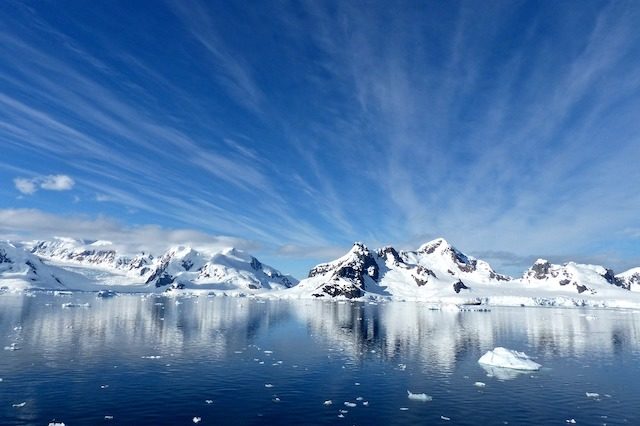
When you picture a desert, nine times out of ten you envision a sun-baked sea of golden sand dunes. The Sahara, the Mojave, maybe even the Gobi. We know they’re hot and sandy, and there isn’t much precipitation. But when we take a deeper look at the scientific definition of “desert,” we find that only one of those adjectives applies.
Yes, a true desert simply describes a region that has very little precipitation. 250 millimeters in a year, to be exact. That includes rain, fog, and in Antarctica’s case, snow. And while deserts seem to all share some kind of temperature extreme, it’s interesting to note that most of the world’s deserts are found in cold climates. And Antarctica is the largest desert on the planet.
9. It Has Active Volcanoes
Much like deserts, we tend to associate volcanoes with a certain geographical landscape. The volatile, oozing behemoths we’ve seen on National Geographic tend to be located near the coasts in tropical settings. There’s a few exceptions to that, like Mt. St. Helens in Washington state, but by and large we like to think we know where volcanoes like to hang their hats.
But actually, we would like to refute that notion with one Mt. Erebus. The southernmost volcano in the world claims Antarctica as its home, and it’s quite active, with a permanent, 1,700 degree lake of lava in its gooey center. It’s also notable for being one of the few volcanoes in the world that is constantly active, instead of lying dormant for some time and then erupting. And Mt. Erebus isn’t an anomaly: scientists have found in Antarctica the largest region of volcanoes on Earth, with over 91 found so far underneath the huge ice sheets on the western end of the continent.
8. It’s One of the Most Politically Peaceful Places on Earth
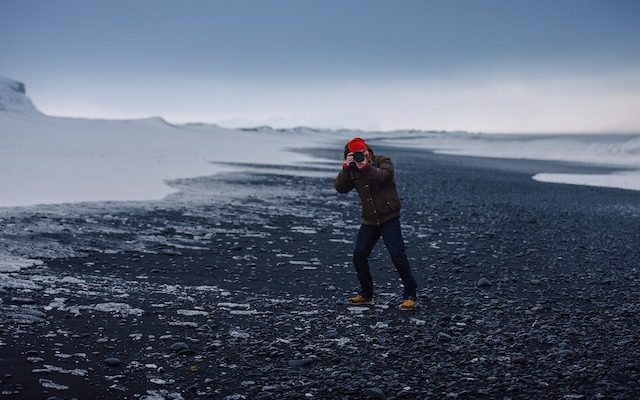
One thing that humans are good at is ruining a new place once explorers set foot upon it for the first time. Maybe it’s the tribal nature of our race, but especially when other countries become involved, there’s usually a good amount of fighting about who the new discovery belongs to.
Against all odds, twelve of the world’s powers agreed in 1959 that the continent of Antarctica was to be used for scientific purposes, and that there would be no militarization of any kind. Those nations included the United States and the Soviet Union, who at that time were deeply embroiled in the Cold War, so it’s no small feat that they were united in this regard. The Antarctic Treaty also ensured there would be no weapons testing or disposal of nuclear waste, nor any mineral explorations. So while a few countries have some claim mostly in the research side, the continent basically belongs to no one.
7. There’s a Waterfall That Runs Red as Blood
It might already be weird to imagine that there’s a waterfall in Antarctica in the first place, as one would think any flowing water in a place that’s perpetually frozen would be virtually impossible. But millions of years ago, sea levels went up and flooded part of Antarctica with a huge lake of salt. Glaciers formed over top of that lake, preserving it in a kind of watery suspension.
That glacier-encapsulated lake has now become three times saltier than ocean water. And that’s why it won’t freeze. So there’s a waterfall that slowly pours out of the subglacial lake that hasn’t been exposed to the air in ages and contains no oxygen. When that water finally is exposed to the air, it rusts almost immediately, coating the wintry, white ice with a blood red stain. Of course the waterfall is called Blood Falls, because life is dark, and there is no hope.
6. Antarctica Has One Single ATM, and Seven Churches

It’s not surprising to discover that basic conveniences and services aren’t going to be readily available in a region where you’ll freeze to death before enjoying them. But there is one area where some commerce is occurring, and that’s at McMurdo Station, the largest research area on Antarctica. There are bars, stores, and post offices to accommodate the several hundred people working there. And money is needed there just like anywhere else in the world. And that’s where Wells Fargo stepped in and installed an ATM machine. While it only dispenses American money, it’s still used in the shops and can be exchanged for other currencies nearby.
Just like money, faith is its own kind of currency for people, no matter where in the world they are located. And in Antarctica, perhaps the sheer, hopeless cold makes one reach for the heavens more than in other locales. Around the icy continent, there are roughly seven churches to serve those who wish to serve their God. One such church, called the Church of the Snows, has actually been engulfed by flames. Twice.
5. You Can’t Research There if You Have Your Appendix
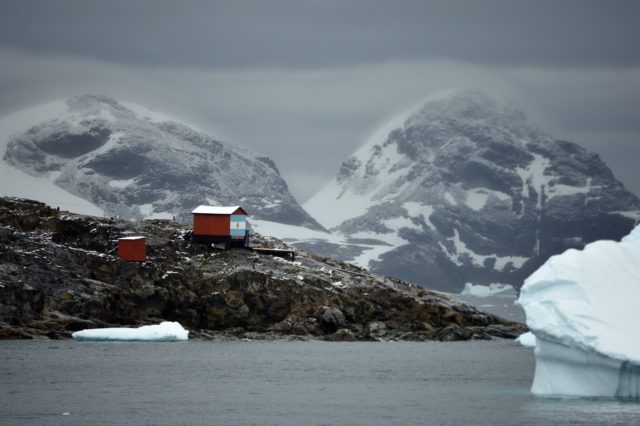
Researching in Antarctica is a pretty brave undertaking. You’re basically resigning yourself to being cast away from the rest of the civilized world and, depending on the time of year, not being able to leave at all. So there are certain criteria you will be asked to meet if you agree to these terms.
One, if you’re a doctor working in the Australian research zone, you must have your appendix removed before heading down there. The reason is that there is but one doctor on call during the incredibly harsh winters, and airlifting them to any kind of medical facility is impossible. One Russian doctor in 1961 found himself in that very situation, and removed his own appendix, so the Australians decided they’d like to not be caught in that situation. Wisdom teeth are another thing they’re pretty wary of — if it seems like they’re going to be an impending issue, they’ll usually be asked to have them removed. Antarctic winter and urgent medical care are not the best of friends.
4. Fires Are a Real Danger There

When wildfires are headlining the news, it’s usually Australia or California that’s burning. You wouldn’t imagine a sheet of ice with no vegetation to be involved, right? Well, kind of. While true forest and brush wildfires aren’t a thing in Antarctica, the threat of fires burning uncontrollably is very real.
There is hardly any precipitation down there, and the winds can be ferocious. Those two conditions are perfect for fires to burn out of control. Early British expeditions found this out the hard way when a simple bed on fire almost took down the whole crew. And there’s a long list of other fires, including the church we mentioned before. Several research stations also fell victim to uncontrollable blazes in 2001 and again in 2009. One disgruntled visitor actually committed arson to get airlifted out of the godforsaken continent altogether.
3. Antarctica Has No Time Zones

It’s very beneficial to be aware of time zones, especially when you’re planning around a football game kickoff, or the season finale of your favorite show. It also makes you wonder who decided to create these arbitrary imaginary lines, and for what purpose. But we live with them, so it’s just a normal part of life now.
In a place like Antarctica, where the summer days are permanently sunlit, and the winter days are shrouded in darkness, the concept of time zones doesn’t really apply. The longitudinal lines that are used to “mark” time zones converge once they reach the southernmost pole anyway, so there’s nothing to separate time anyway. Also, the fact that no one really lives there, and thus doesn’t urgently need to know what time it is kind of makes it hit home even harder. So, if you find yourself down there, you can rest easy knowing you can use any single time you want to start with, and go from there.
2. There Are Regions That Haven’t Received Precipitation in Over 2 Million Years
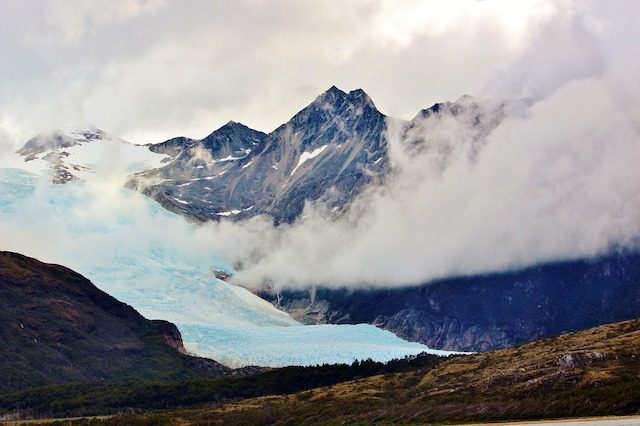
We’ve established that Antarctica is a really dry place, in that it receives hardly anything in the way of snow. It’s also pretty interesting that the opposite used to be true 90 million years ago, when Antarctica was lousy with rainforests. Nowadays, however, it’s just a dry, windy sheet of ice, but we don’t think you get just how dry things are down there.
There’s a region in Antarctica called the Dry Valleys, where there hasn’t been even a sniff of water coming down from the skies in over 2 million years. There are actually winds that are incredibly heavy with moisture, but the sheer force of them, combined with gravity, renders them pretty much useless in the way of producing precipitation.
1. The Continent Doubles Every Winter
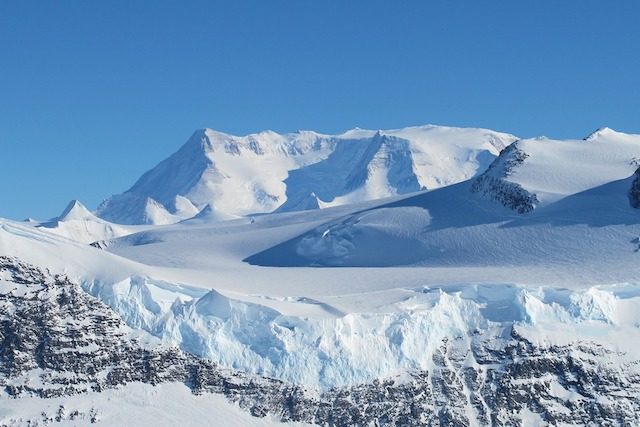
Antarctica seems to be a colossally-vast stretch of land, but in actuality, it’s normally the size of the United States and Mexico combined. That’s large, sure, but without anyone really visiting it, the size often gets misconstrued. At any time, there’s about a thousand scientists spread out over its frozen tundra, so maybe it’s the scant number of people there at any time that makes it harder to comprehend, size-wise.
It’s also difficult because the size of Antarctica is always changing, and in dramatic ways. When winter strikes, and the real cold and freeze begins, Antarctica takes on more frozen mass and expands by 40,000 square miles daily. The continent effectively doubles at the end of each winter, and topographically speaking, becomes the largest desert in the world. As summer approaches, the ice that Antarctica tried to claim for itself breaks apart, and moves out to sea to melt. But once those ungodly winters strike again, the continent begins to add to its girth once again.